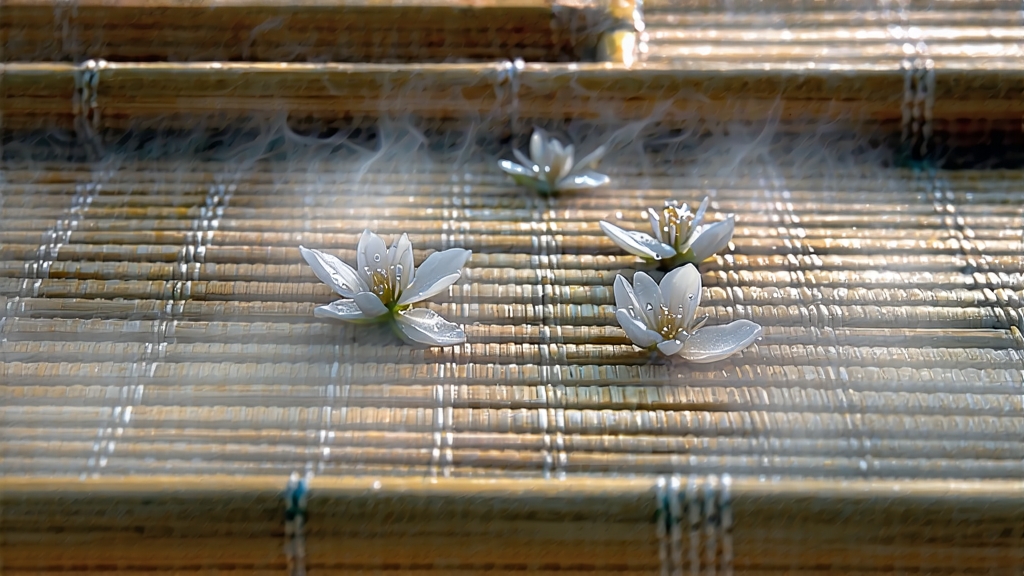
Tucked into the northeastern corner of Fujian province, the small county of Fuding has given the world a tea so delicate that it appears almost translucent in the palm—Fuding White Needle, or Bai Hao Yin Zhen. International drinkers often meet white tea through generic “silver needles” shipped in tinted jars, yet the authentic Fuding version carries centuries of terroir, folklore, and craftsmanship that deserve a slower, closer look. This essay invites you to step past the supermarket shelf and into the mountain mists where the tea’s story begins.
Historical whispers place white tea’s birth during the Song dynasty (960-1279), when imperial tribute lists first mentioned “white tablets” pressed for court shipment. Fuding’s own chronicles, however, credit a more romantic origin: a lightning-struck wild tea grove on Taimu Mountain whose scorched buds refused to oxidize, yielding a pale liquor that cured the village elder’s fever. Whatever the legend, by the late Qing (mid-1800s) Fuding White Needle was traveling down the Tea Road to Guangzhou, then onward to Dutch and British clipper ships. Because the buds were valued for their downy appearance, merchants sometimes adulterated them with rice flour; the imperial court responded by issuing sealed bamboo tallies that certified provenance—an early form of geographical indication. Today that same protected-status system underpins the European Union’s recognition of Fuding as a white-tea origin, safeguarding both ecology and livelihood.
Botanically, Fuding White Needle is produced exclusively from the Da Bai Hao (Big White Down) cultivar, a broad-leaf, late-budding strain selected during the Qing for its thick trichome layer. The down acts as a natural sunscreen, concentrating amino acids while shielding the leaf from mountain UV. When withered, these hairs refract light like frost, giving the finished tea its shimmering silver profile. Attempts to transplant Da Bai Hao to lower elevations have produced flatter infusions, proof that cultivar and place are inseparable.
The crafting calendar is brutally short: only the first ten days of early spring, when each bud still wears a fish-scale of unopened leaves. Pickers work before 9 a.m., while mountain humidity hovers around 80 %, ensuring the bud remains turgid and will not bruise. A single kilogram of finished tea demands roughly thirty thousand buds, all plucked with the nail-less “twist and lift” motion that prevents oxidation-activating compression. From here the tea enters the most minimalist production sequence in all of China: withering, sorting, and drying—nothing more.
Withering occupies bamboo trays stacked like parchment sheets inside sun-warmed corridors. For the first twenty-four hours the buds rest in shade, allowing internal enzymes to convert proteins into sweet amino acids while chlorophyll degrades into grassy pyrazines. On the second day, trays are moved into filtered morning sunlight for what locals call “moonlight bathing,” a controlled photo-oxidation that deepens the floral note without crossing into green-tea territory. Mastery lies in reading the sky: too much sun and the bud reddens; too little and a stale hay note lingers. Veteran processors claim they can gauge progress by the sound a bud makes when flicked—an audible snap like fine porcelain.
Drying, once done over charcoal baskets, now uses low-temperature ovens set to 40 °C for six hours. The goal is 5 % residual moisture, low enough to halt enzymatic activity yet high enough to preserve the hygroscopic down that will continue aging in storage. Unlike green tea, which is valued for freshness, White Needle is often cellared like wine; under dry, odor-free conditions the tea darkens from silver to pewter, developing dates-and-honey notes that connoisseurs prize. A 2012 study by the Fujian Academy of Agricultural Sciences found that aged white tea shows higher levels of gallic acid and epicatechin gallate, compounds linked to anti-inflammatory activity, giving scientific credence to the local proverb “white tea is medicine after three years.”
To brew Fuding White Needle respectfully, begin with glass or porcelain rather than clay; the latter masks subtle aromatics. Weigh three grams—about a heaping tablespoon—for every 150 ml of water. The ideal temperature is 85 °C; boiling water scalds the down and releases harsh catechins. After a five-second rinse to awaken the buds, steep for forty seconds. The first infusion should present a pale jonquil liquor with a nose of fresh alfalfa and steamed rice. On the palate,